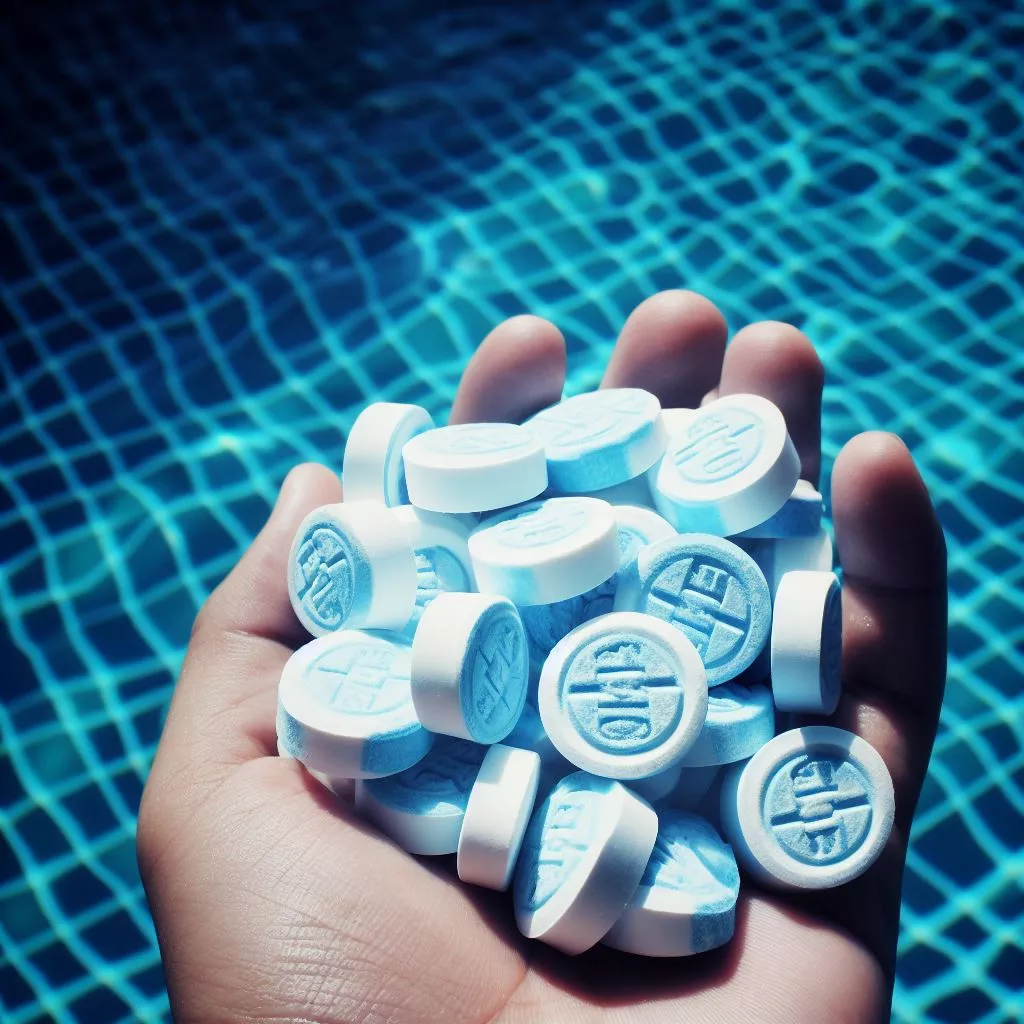In the realm of water treatment, chlorine tablets stand as a cornerstone in safeguarding public health by eradicating harmful microorganisms. Their ease of use, cost-effectiveness, and rapid disinfection capabilities make them a preferred choice for a wide range of applications, from residential pools to municipal water systems. This comprehensive guide delves into the intricacies of chlorine tablet storage, deployment strategies, and the importance of ongoing effectiveness monitoring, ensuring that your water remains pristine and safe for consumption or recreation.

I. Chlorine Tablet Storage: Preserving Potency for Future Use
1. Temperature Control:
Storing chlorine tablets in a cool, dry environment is paramount. Avoid direct sunlight and extreme temperatures, as heat can accelerate the decomposition process, reducing their potency. A temperature range of 15-25°C (59-77°F) is ideal.
2. Moisture Barrier:
Ensure the packaging is intact and airtight to prevent moisture absorption, which can compromise the tablets’ effectiveness. Use resealable containers if repackaging is necessary.
3. Segregation:
Keep chlorine tablets separate from other chemicals, especially those with acidic or alkaline properties, as they can react and generate harmful gases.
4. Accessibility & Safety:
Store tablets in a locked, well-ventilated area, accessible only to authorized personnel. Always wear protective gear, including gloves and a respirator, when handling.
II. Deployment Strategies: Optimizing Disinfection Efficiency
1. Calculating Dosage:
Accurately determine the required dosage based on water volume, pH level, and desired residual chlorine concentration. Overdosing can lead to unpleasant tastes and smells, while underdosing may compromise disinfection.
2. Timing:
Deploy tablets during periods of low water usage to minimize the impact on users and allow for maximum contact time with contaminants.
3. Dispersal Methods:
Choose the appropriate dispersal method based on the application. For pools, automatic feeders or manual dispersal using a skimmer basket are common. In larger water bodies, consider using floating dispensers or submersible pumps.
4. Monitoring PH:
Chlorine’s effectiveness is influenced by water pH. Maintain a pH level between 7.2 and 7.8 for optimal disinfection. Adjust with pH increasers or reducers as needed.

III. Effectiveness Monitoring: Ensuring Continuous Protection
1. Residual Chlorine Testing:
Regularly measure the free and total residual chlorine levels using test strips or more accurate instruments like digital photometers. This ensures that sufficient chlorine remains in the water to combat contaminants.
2. Water Quality Analysis:
Conduct comprehensive water quality tests, including checks for bacteria, viruses, and other pathogens, to verify the overall effectiveness of the disinfection process.
3. Visual Inspection:
Observe the water for signs of algae growth, discoloration, or unusual odors, which may indicate inadequate disinfection.
4. Record Keeping:
Maintain detailed records of all testing results, deployment schedules, and any corrective actions taken. This information is crucial for troubleshooting, regulatory compliance, and continuous improvement.
5. Adaptive Management:
Based on monitoring data, adjust deployment strategies as needed. For instance, increase dosage during peak contamination periods or switch to alternative disinfectants if resistance develops.
IV. The Benefits of a Comprehensive Approach
By adhering to best practices in chlorine tablet storage, deployment, and effectiveness monitoring, you not only safeguard the health of your community but also optimize operational efficiency and reduce long-term costs. Proper storage ensures tablets retain their potency, while strategic deployment maximizes disinfection capabilities. Continuous monitoring, coupled with adaptive management, ensures that water quality remains consistently high, safeguarding against the spread of waterborne illnesses and maintaining public trust.
Conclusion
In conclusion, the successful implementation of a comprehensive chlorine tablet management plan requires a commitment to excellence in every step of the process. From meticulous storage practices to innovative deployment strategies and rigorous monitoring protocols, every detail matters in the quest for clean, safe water. By embracing these principles, you can confidently navigate the complexities of water disinfection, protecting your community’s health and well-being for generations to come.

 Instant
Quote
Instant
Quote Email
Us
Email
Us